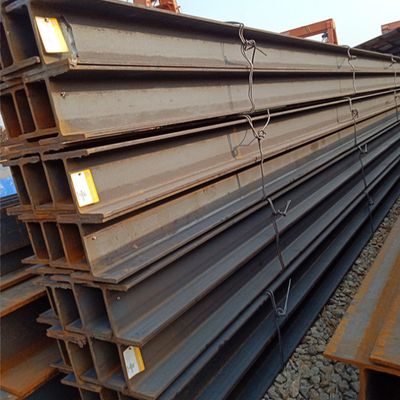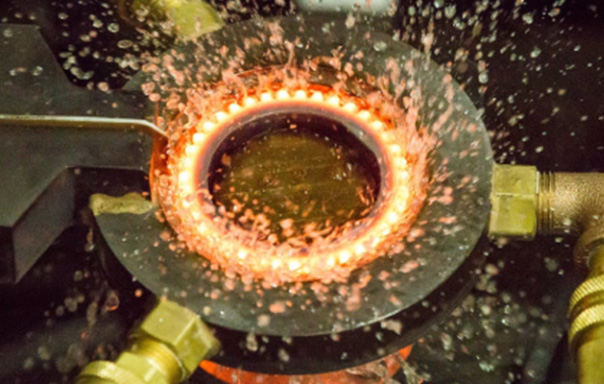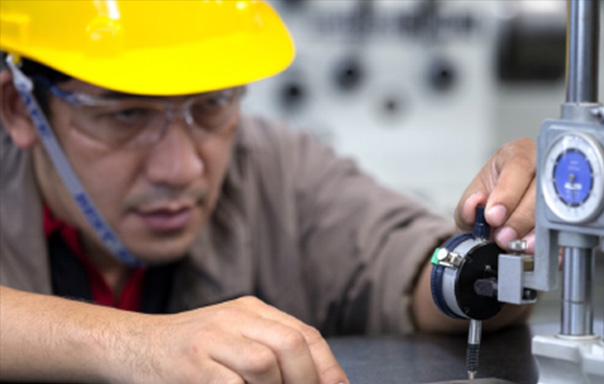Daily press, 2025-08-12, 03:14 pm
Comparative Analysis of Welding Performance Between A36 and Q235B Steels
In the fields of industrial manufacturing and engineering construction, A36 and Q235B, as widely used carbon structural steels, their welding performance directly affects the structural safety and reliability. This article systematically compares and analyzes the welding performance of the two steels from four dimensions: characteristics of the weld heat-affected zone, control of process parameters, selection of welding materials, and control of stress and deformation, providing technical references for practical welding operations.
The weld heat-affected zone (HAZ) is a key area where microstructure and property changes occur due to thermal effects during welding, and its characteristics directly determine the joint quality.
Due to the relatively low carbon content and alloy element proportion, A36 steel undergoes a gentle microstructure transformation in the heat-affected zone under the action of the welding thermal cycle. Specifically, the increase in hardness and strength is small, the degree of toughness reduction is limited, the probability of forming hardened structures is low, the tendency to produce cold cracks is weak, and the overall performance stability is better.
The carbon content of Q235B steel has a certain fluctuation range. When the welding process parameters are not properly controlled, the heat-affected zone is prone to produce hardened structures due to overheating, resulting in abnormal increases in hardness and strength and significant decrease in toughness. The risk of cold cracks is more prominent, especially in the welding of thick plates or rigid structural parts, which poses a potential threat to welding quality.
Reasonable selection of welding process parameters is a core link to ensure welding quality, and the two steels show obvious differences in parameter adaptability.
Thanks to its compositional stability, A36 steel has a wide adaptation range to key parameters such as welding current, voltage, and welding speed. In manual arc welding operations, the current can be flexibly adjusted within the range of 100-180A (the specific value needs to be determined according to factors such as electrode diameter and welding position). Even if there is a small fluctuation in parameters, the mechanical properties of the welded joint can still meet the service requirements.
Although Q235B steel has good basic welding performance, it has higher requirements for the matching accuracy of process parameters. Taking submerged arc welding as an example, it is necessary to strictly control the synergistic relationship between current, voltage, and welding speed to avoid overheating of the heat-affected zone caused by excessive current, which would lead to coarse grains and reduce joint toughness. At the same time, it is necessary to prevent welding defects such as incomplete fusion and pores caused by parameter imbalance to ensure the stability of the welding process.
The reasonable selection of welding materials is crucial to achieve the performance matching between the base metal and the weld. It is necessary to select materials according to the characteristics of the steel.
For welding A36 steel, it is recommended to use E43 series electrodes conforming to European standards, or ER70S-6 wires for gas shielded welding. Such welding materials have excellent matching with A36 steel in terms of chemical composition and mechanical properties, which can effectively ensure the strength, toughness, and crack resistance of the welded joint, meeting the service requirements of various structural parts.
The selection of welding materials for Q235B steel should focus on process adaptability and performance coordination. E4303 and E4315 electrodes are commonly used. For carbon dioxide gas shielded welding, H08Mn2SiA wire is the preferred option. The above materials have good metallurgical compatibility with Q235B steel, ensuring a smooth transition between the weld metal and the base metal and avoiding welding defects caused by compositional differences.
Stress and deformation generated during welding are important factors affecting the dimensional accuracy and service safety of structures, and the two steels show different characteristics in this aspect.
A36 steel has good yield strength stability, and the internal stress generated during the welding thermal expansion and contraction process is relatively small, so the post-welding deformation is easy to control. For the welding of complex structural parts, effective restraint of deformation can be achieved through conventional tooling fixtures, reducing the workload of subsequent correction procedures.
The stress accumulation during welding of Q235B steel is more significant. If the process measures are improper, large deformation is likely to occur. Especially in the welding of long welds, obvious longitudinal shrinkage and transverse bending deformation may appear. In practical operations, it is necessary to adopt process methods such as reverse deformation and rigid fixation, combined with reasonable welding sequence design, to reduce the impact of deformation on structural accuracy and ensure that the component dimensions meet the design requirements.
In summary, A36 and Q235B steels have their own characteristics in welding performance. In practical applications, it is necessary to formulate targeted welding process plans according to the characteristics of the steels to achieve high-quality connection of structural parts.

Related Reading






